Echinacea Companion Plants That Will
Echinacea Companion Plants That Will Enhance Your Garden
Echinacea is a beautiful and versatile perennial that can add color and interest to any garden. It's also known for its medicinal properties, making it a popular choice for herbal remedies. But did you know that echinacea can also benefit from companion planting?
Companion planting is the practice of planting certain plants together in order to promote their growth and health. By carefully selecting your echinacea companions, you can create a garden that is both beautiful and productive.
In this blog post, we will discuss some of the best companion plants for echinacea. We will also talk about the benefits of companion planting and how to choose the right plants for your garden.
Benefits of Companion Planting
There are many benefits to companion planting, including:
- Improved pollination: Companion plants can attract pollinators such as bees and butterflies, which help to pollinate echinacea flowers. This can lead to increased yields of echinacea blooms.
- Disease and pest control: Some companion plants can help to repel pests and diseases that can harm echinacea. For example, lavender is a natural insect repellent that can help to keep pests away from echinacea plants.
- Enhanced growth: Companion plants can provide shade, windbreak, or other benefits that can help echinacea plants to grow healthier and stronger. For example, catmint can help to suppress weeds around echinacea plants, which can give the echinacea plants more room to grow.
- Visual appeal: Companion planting can also be used to create a more visually appealing garden. By carefully selecting plants that complement each other in terms of color, size, and shape, you can create a garden that is both beautiful and functional.
Choosing Companion Plants for Echinacea
When choosing companion plants for echinacea, there are a few things to keep in mind:
- Sunlight requirements: Echinacea needs full sun, so make sure to choose companion plants that also require full sun.
- Water needs: Echinacea is drought-tolerant, so choose companion plants that have similar water needs.
- Soil conditions: Echinacea prefers well-drained soil, so choose companion plants that also prefer well-drained soil.
- Pollinator appeal: Echinacea attracts pollinators, so choose companion plants that also attract pollinators.
- Disease and pest resistance: Choose companion plants that are resistant to the same pests and diseases that echinacea is susceptible to.
Some of the best companion plants for echinacea include:
- Lavender: Lavender is a natural insect repellent that can help to keep pests away from echinacea plants. It also attracts pollinators, which can help to increase yields of echinacea blooms.
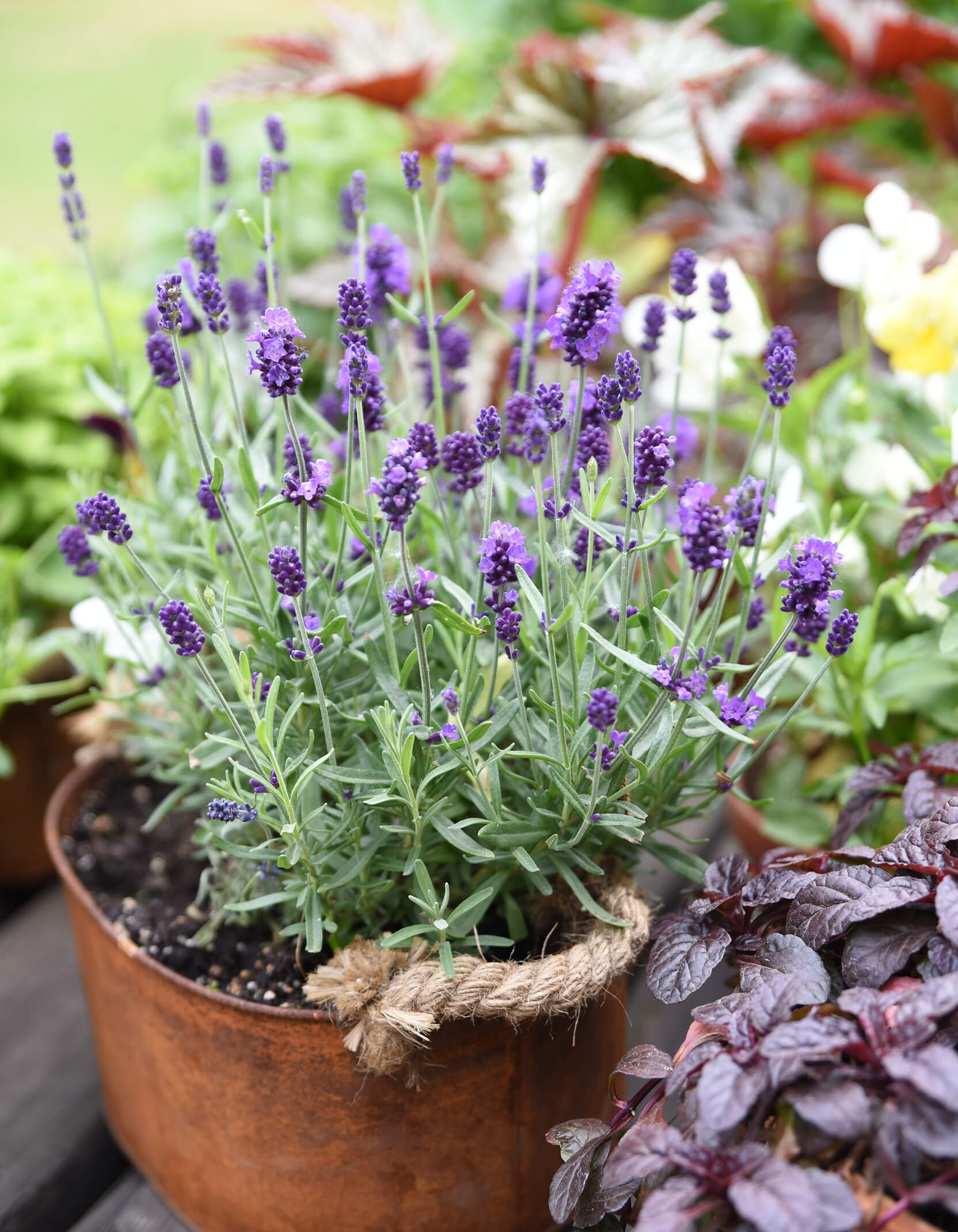
- Catmint: Catmint is another plant that attracts pollinators and helps to suppress weeds. It also has a strong scent that can help to deter pests.
- Black-eyed Susan: Black-eyed Susans are tall, sturdy plants that can provide support for echinacea plants. They also attract pollinators and help to add color to the garden.
- Coral Bells: Coral Bells are low-growing plants that can help to fill in the gaps around echinacea plants. They also attract pollinators and add a splash of color to the garden.
- Bee Balm: Bee Balm is a member of the mint family and attracts pollinators. It also has medicinal properties that can help to boost the immune system.
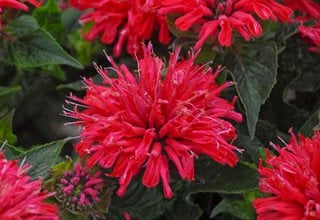
- Goldenrod: Goldenrod is a tall, showy plant that can add height and color to the garden. It also attracts pollinators and helps to deter deer.
- Sedum: Sedum is a succulent plant that is drought-tolerant and low-maintenance. It can help to suppress weeds and add texture to the garden.

Conclusion
By carefully selecting the right companion plants for echinacea, you can create a garden that is both beautiful and productive. Companion planting can help to improve pollination, control pests and diseases, and enhance the growth of your echinacea plants. So next time you're planning your garden, be sure to consider companion planting!
Echinacea is a beautiful and versatile flower that can be used in a variety of ways, both medicinally and ornamentally. If you're thinking about adding echinacea to your garden, you'll want to consider companion planting. Companion planting is the practice of planting certain plants together to benefit each other. There are a number of great companion plants for echinacea, including:
- Lavender: Lavender is a fragrant herb that repels pests and attracts pollinators. It's a great choice for planting near echinacea to help keep pests away and encourage butterflies and bees.
- Catmint: Catmint is another fragrant herb that attracts pollinators. It's also drought-tolerant and can help to suppress weeds.
- Black-eyed Susans: Black-eyed Susans are native wildflowers that bloom at the same time as echinacea. They add a splash of color to the garden and help to attract pollinators.
- Bee balm: Bee balm is a member of the mint family and produces beautiful pink, purple, or red flowers. It's a great choice for planting near echinacea to attract pollinators and help to deter deer.
- Goldenrod: Goldenrod is a tall, yellow flower that blooms in the late summer. It's a great choice for planting near echinacea to add height and color to the garden. It also helps to attract pollinators and deter pests.
If you're looking for more information about echinacea companion plants, I recommend visiting Gardenia Inspiration. This website has a wealth of information on the topic, including a list of the best companion plants for echinacea, as well as tips on how to plant and care for these plants.
FAQ of echinacea companion plants
- What are some good companion plants for echinacea?
Echinacea is a versatile plant that can be paired with a variety of other plants. Some good companion plants for echinacea include:
* Lavender: Lavender and echinacea have similar growing requirements and can help to attract pollinators to the garden.
* Yarrow: Yarrow is another drought-tolerant plant that can help to deter pests from echinacea.
* Bee balm: Bee balm is a nectar-rich plant that will attract pollinators to the garden, which can help to improve the health of your echinacea plants.
* Daylily: Daylilies are tall, showy plants that can help to add height and interest to a garden bed with echinacea.
* Black-eyed Susan: Black-eyed Susans are native North American wildflowers that can help to attract butterflies and other beneficial insects to the garden.
- Can echinacea be planted with other plants?
Yes, echinacea can be planted with other plants. In fact, companion planting can help to improve the health and productivity of both echinacea and the other plants in your garden. When choosing companion plants for echinacea, it is important to consider the plants' growing requirements, such as sunlight, water, and soil type. You should also choose plants that will not compete with echinacea for nutrients or space.
- What are the benefits of companion planting with echinacea?
There are many benefits to companion planting with echinacea. Some of the benefits include:
* Attracting pollinators: Companion planting can help to attract pollinators, such as bees and butterflies, to your garden. Pollinators are important for plant reproduction, so attracting them can help to improve the health and productivity of your garden.
* Decreasing pests and diseases: Some companion plants can help to deter pests and diseases from echinacea. For example, yarrow is a natural insect repellent, and lavender can help to improve the health of the soil, which can make it more difficult for pests and diseases to thrive.
* Improving soil quality: Some companion plants can help to improve the soil quality around echinacea. For example, daylilies and black-eyed Susans are both deep-rooted plants that can help to aerate the soil and improve drainage.
* Adding visual interest: Companion planting can add visual interest to your garden by creating different textures, colors, and heights.
- How far apart should echinacea plants be planted?
Echinacea plants should be planted about 2-3 feet apart. This will give them enough space to grow and spread without competing with each other for nutrients or space.
- What are some tips for caring for echinacea companion plants?
The specific care requirements for echinacea companion plants will vary depending on the type of plant. However, some general tips for caring for companion plants include:
* Water regularly, especially during hot, dry weather.
* Fertilize once a month during the growing season.
* Deadhead spent blooms to encourage new growth.
* Protect from pests and diseases.
Image of echinacea companion plants
- Butterfly weed (Asclepias tuberosa): This native North American plant attracts butterflies and other pollinators. It has orange or yellow flowers that bloom in summer.
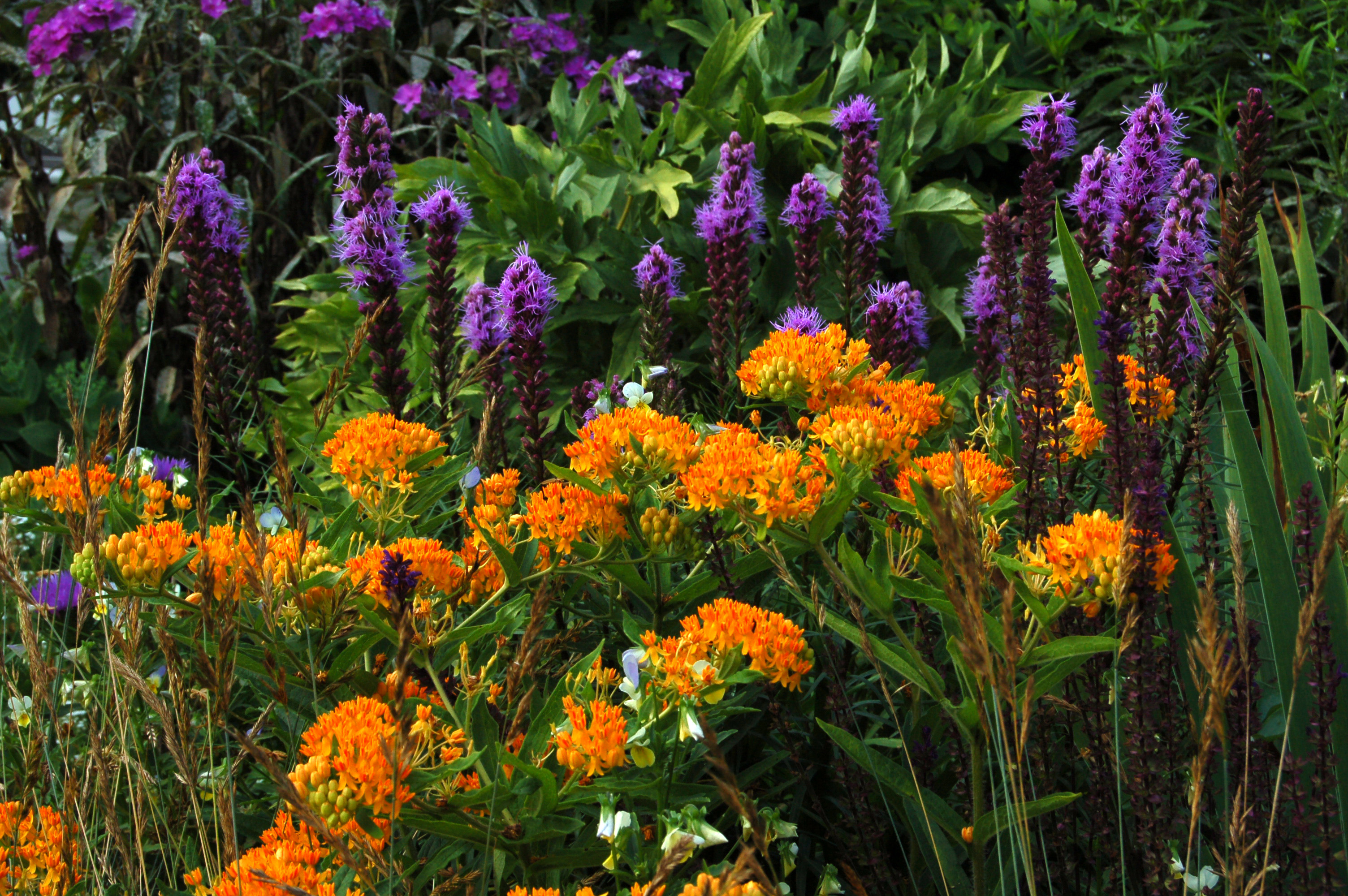
- Black-eyed Susan (Rudbeckia hirta): This daisy-like plant has bright yellow flowers with dark brown centers. It blooms in summer and attracts butterflies and other pollinators.

- Gaillardia (Gaillardia pulchella): This plant has daisy-like flowers that come in a variety of colors, including red, orange, yellow, and pink. It blooms in summer and attracts butterflies and other pollinators.
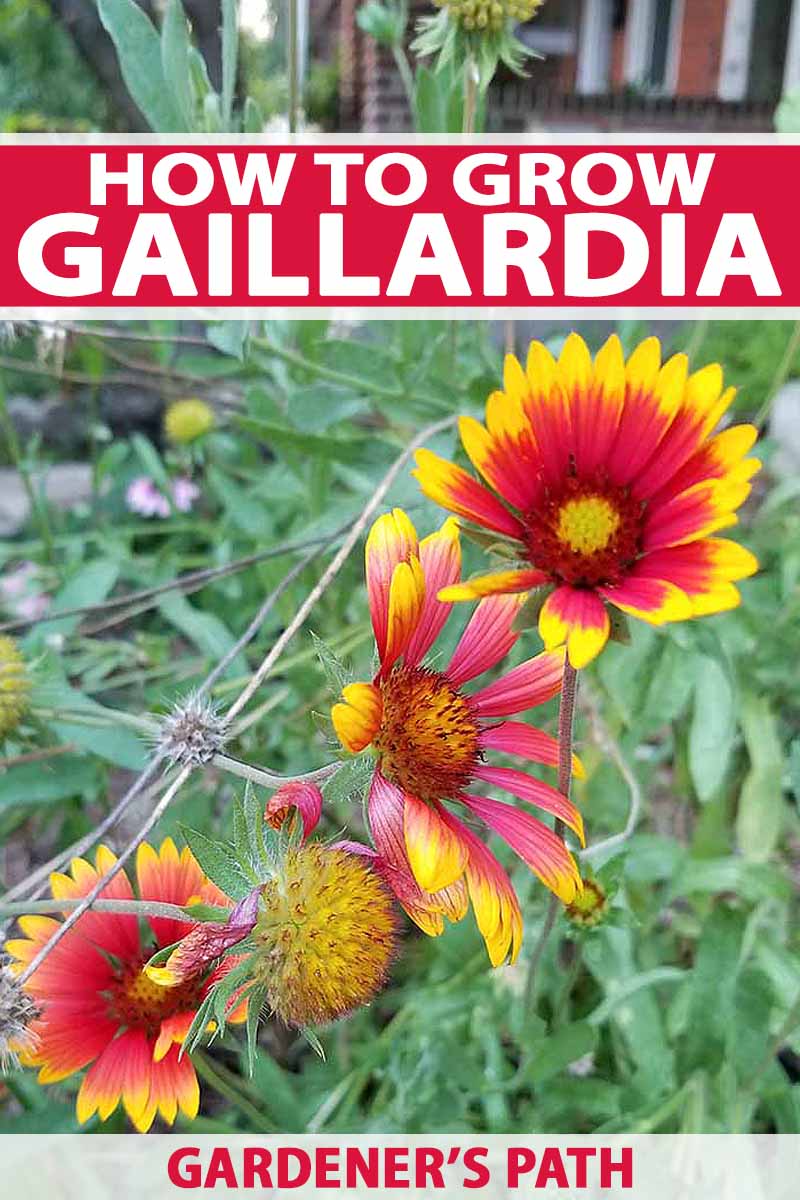
- Coneflower (Echinacea purpurea): This plant is a relative of echinacea and has similar requirements. It has purple flowers that bloom in summer and attract butterflies and other pollinators.
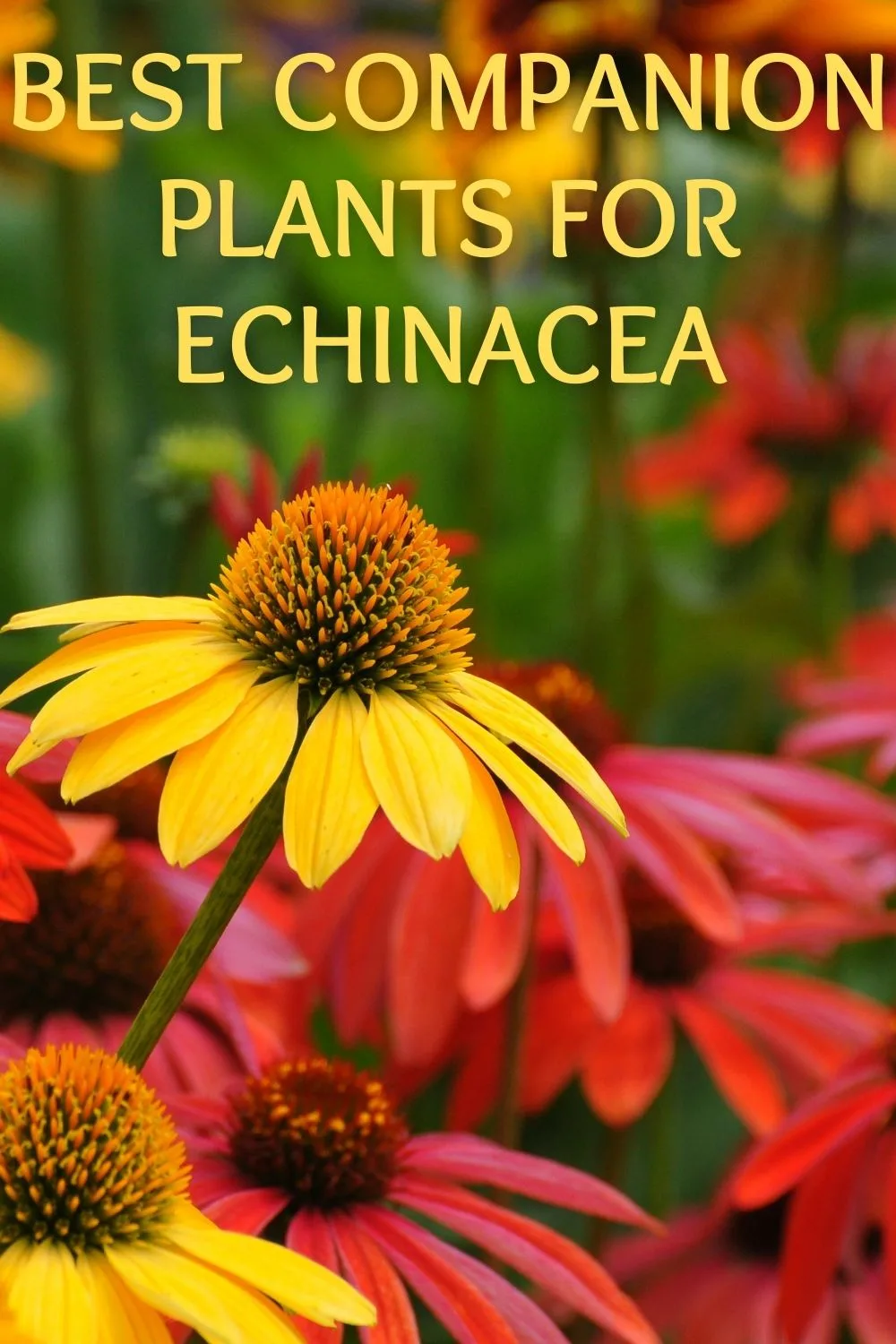
- Yarrow (Achillea millefolium): This plant has white or yellow flowers that bloom in summer. It attracts butterflies and other pollinators and can also help to deter pests.
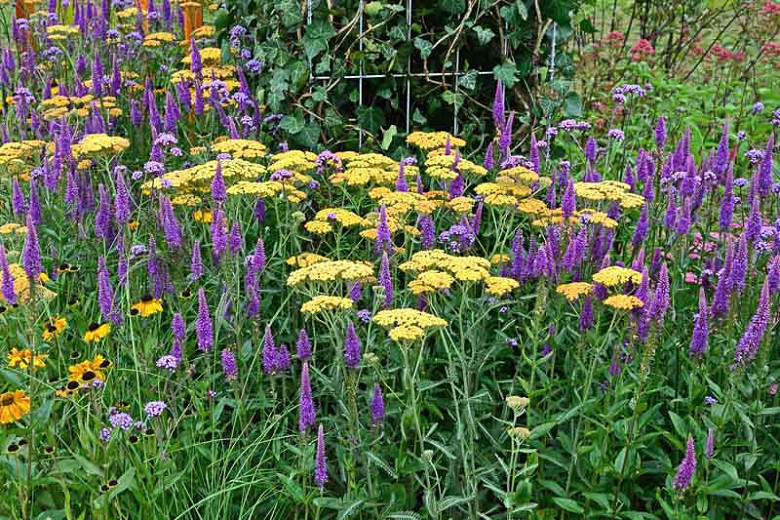
Post a Comment for " Echinacea Companion Plants That Will"